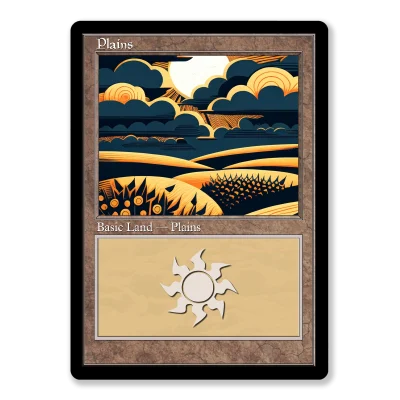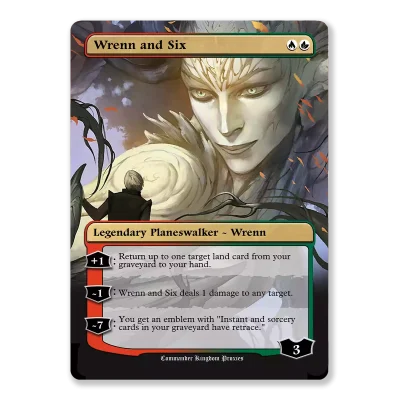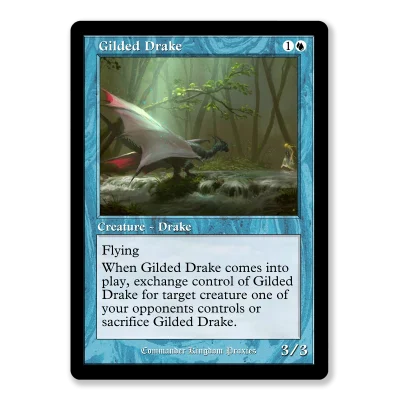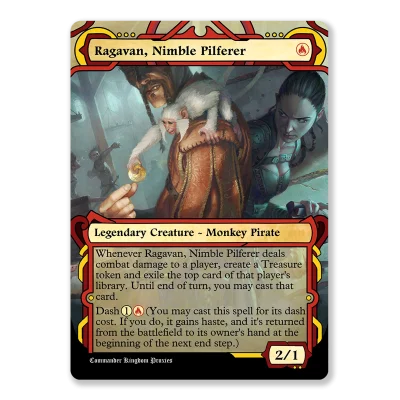If you play a lot, creating your own proxy cards is one of the easiest ways to keep games fresh without emptying your wallet. I like it because it blends deckbuilding with light design work. You get to try wild ideas, tune lists fast, and still show up with a clean, readable stack. In this guide I will cover the basics, the rules you should know, and the fun parts that keep me coming back to making MTG proxies.
Why create proxies at all
Proxies do three big jobs. First, they let you test a card before you spend real money. Second, they help you put together a second or third deck without stealing pieces from your main list. Third, they let you express your style with custom art or frames. For Commander nights, this matters. No one loves tearing apart a favorite deck just to try something new. With proxies, you can experiment, keep pace with your group, and still keep your collection intact.
Know the rules so you avoid problems
It is important to be clear about legality. Proxies are not allowed in sanctioned events. Judges can issue event-only proxies to replace a damaged card, but players cannot bring homemade proxies to competitive play. Stores in the Wizards Play Network also have limits on running events that allow proxies. For casual play at home or at your local group, it is up to the people at the table and the store owner. Ask first. Keep it friendly. Do not try to pass off a proxy as a real card. That is counterfeiting and it hurts the community.
The creative fun
This is the part that hooks most people. You can make a card look the way you want. Imagine a Swords to Plowshares that uses your friend’s farm photo. Or a mono red burn suite with matching minimal frames. Some folks rebuild whole decks with a unified theme. Others only change a couple of cards. Both approaches are fun. I like to pick one anchor card for a deck and give it special art or a variant frame. It becomes a small ritual. Shuffle up, draw, smile.
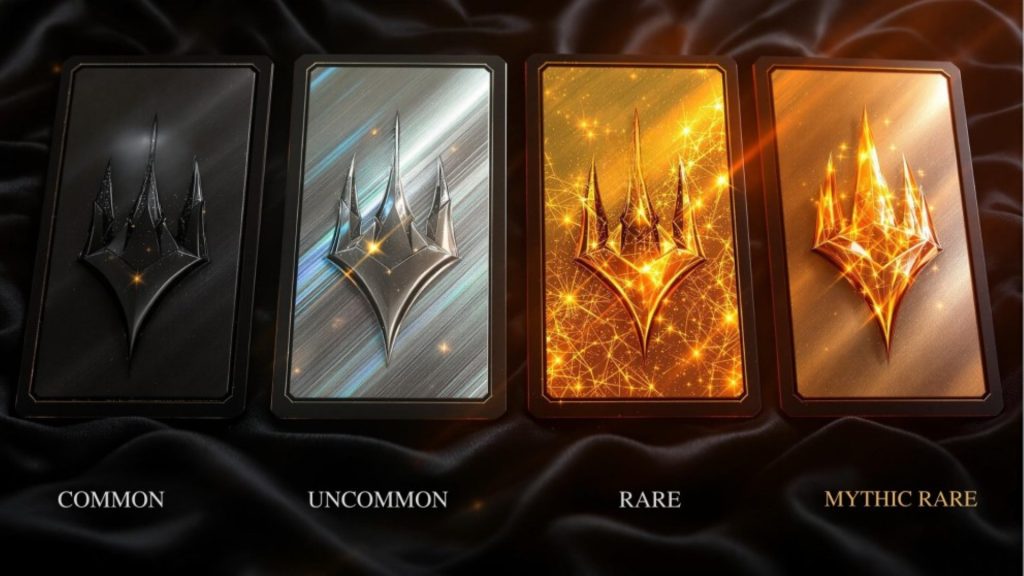
Easy tools for designing cards
If you want to do the layout yourself, there are simple web tools and free downloads that handle the frames and fonts for you. Card Conjurer is a flexible browser tool that supports many modern frames. Magic Set Editor is an old favorite for offline work. MTG.Design and MTGCardBuilder are also popular. If you only want official art and clean Oracle text, Scryfall is the best starting point to look up card images and rules text. Save your render at print quality, and you are ready to go.
Printing that looks good in sleeves
You have two main paths. Print at home or use a service. For home printing, use a photo-capable printer, set it to high quality, and print at 300 dpi. Standard card size is 2.5 by 3.5 inches. Cut with a straight edge or a guillotine cutter for clean lines. A small corner rounder gives a nicer feel. For table play, sleeve your proxies behind a basic land. Double sleeving helps them match thickness and shuffle feel.
If you prefer to order cards, several sites print single proxies or full decks on solid card stock. Here are a few to explore and compare on your own:
Each option has different finishes, upload tools, and pricing. Read their instructions and upload high resolution files for the best result.
Design tips that save time
Keep text readable. Use Oracle text, not house rules, unless your group agrees in advance. Avoid busy backgrounds behind rules boxes. Leave a small margin so borders do not clip when you cut. If you mix custom art with official frames, choose images that fit the tone of the card. Lands look great with landscape photos. Spells and creatures look better with art that has strong foreground subjects.
If you design a lot, make a simple template. Set guides for the art box and text box, lock your font sizes, and save a blank copy. This helps you batch a whole deck with a consistent look.
Sleeves, thickness, and table feel
If you want your proxies to shuffle like the rest of your deck, sleeve everything the same way. Perfect fit inner sleeves plus standard outer sleeves hide minor paper differences well. If you order printed proxies, look for black core stock in the 300 to 330 gsm range and either smooth or linen finishes. Those specs are common in playing cards and make a noticeable difference in opacity and feel.
Group etiquette
Tell people you are using proxies before the game starts. Make sure each card is clearly labeled and readable. If a card has unusual art, keep a printed or phone copy of its Oracle text handy. Offer to swap out anything that is confusing. Most groups are happy if the game state is clear and the decks are reasonable. A surprise stack of ten dual lands in a new player pod may not land well. Read the room.
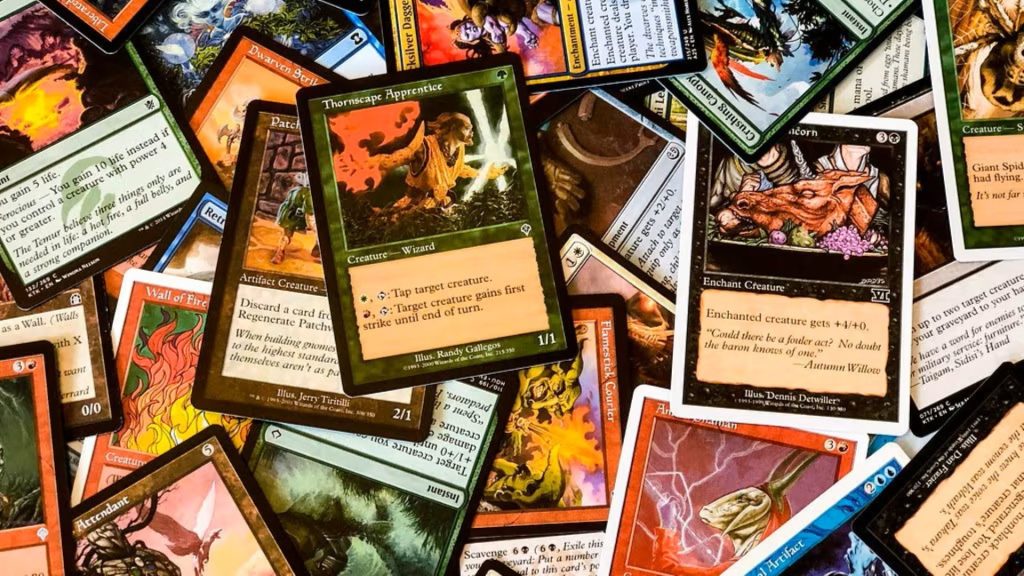
A quick start plan
Here is a straightforward way to get going today.
- Pick one deck you want to update for a night with friends. Choose five to ten cards you want to try.
- Look up Oracle text and artwork references. Save images at print resolution or render with a card tool.
- Use a web-based editor like Card Conjurer or a desktop tool like Magic Set Editor to render clean fronts. Add your chosen frames and symbols.
- Print a sheet at 300 dpi on good paper. Cut carefully and round the corners if you can. Sleeve each proxy behind a basic land.
- Play a few games. Take notes on swaps that worked and cards that did nothing. Adjust and print round two.
That loop is the heart of why creating your own proxy cards is fun. You get to tune and actually play more.
Where this fits for Commander
Commander groups are where proxies shine. The format rewards creativity and table politics, not just raw price tags. Proxies let your pod test cool legends and build theme decks without chasing old staples. If you like Commander content, we write about it often. See our piece on how the format exploded and why it still anchors the game: How Commander Format Saved MTG. If you follow ongoing format news, our overview on the 2025 ban schedule mess and what moved next also sets context: 2025 MTG ban schedule mistake: what Wizards changed.
Ordering custom work
Sometimes the fun is not just proxies of real cards, but fully custom cards for your playgroup. Inside jokes. House tokens. A spin on a favorite. If you want to print designs that are 100 percent your own, you can use MTG-focused makers or broader card printers. The same design tips apply. Keep text clean, export high resolution files, and order a small batch first to confirm the look.
Final thoughts
Creating your own proxy cards is a hobby inside a hobby. It saves money, speeds up testing, and adds personality to your decks. Keep things honest. Follow the no proxies in sanctioned play rule. Talk to your group and your store. If you do that, you will find proxy making is low stress and high payoff. You will also show up to game night with decks that look like you made them on purpose. That part never gets old.


